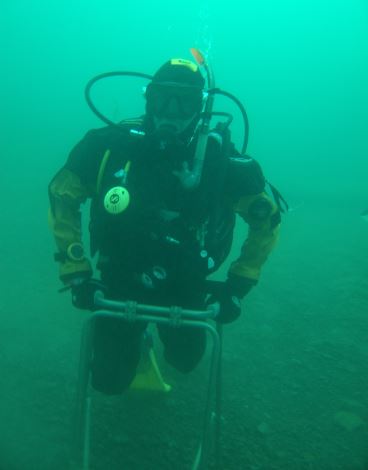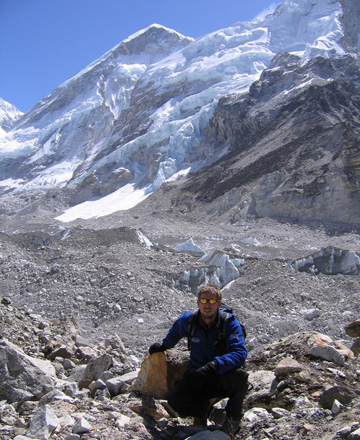By Dr Nick Knight
Sports and Exercise Medicine (SEM) is a specialty with clear direction. It creates SEM doctors to manage the medical care of injury and illness in sport and to provide large scale application in improving the health of the general public through exercise advice and prescription1. As broad as this ‘broad church’ speciality is, some of its key functions are sports team care, musculoskeletal medicine, exercise medicine and, away from the sports arena, workplace wellness1.

But did the SEM Faculty realise that it has a twin?
Expedition medicine, I would argue stands in the shadow of its bigger brother, SEM. After all, expedition medicine has a reputation as dirty, roguish and with an unpredictable wild look in its eye. It is quite simply not everyone’s cup of tea and a fringe aspect of medicine that many dismiss.
Now as a doctor in the early stages of my career I find this puzzling. Maybe it is my simple mind but does SEM and expedition medicine not both share remarkable similarities? Both are largely aimed a treating a driven population looking to achieve a physical and mental goal and thereby also motivated to recover, are they not? Consider the types of medical issues that arise in SEM as well, such as musculoskeletal medicine and GP-type issues (especially gastrointestinal2). This almost mirrors the medical profile within expedition medicine (although foot care and dermatological issues will feature more heavily)2. Now explain to me why a sports medical team would be vastly different from an expedition medical team?
As I reflect on the case of our twins, it is clear that expedition medicine can learn a lot from SEM. SEM is established, well researched and focused on maintaining and optimising the melting pot of physiological, biochemical, and psychological processes with our athlete population. Let us too not forget to mention SEM’s focus on optimising training and competitive environments. These are all aspects an expeditioner needs. Indeed I believe that anyone undertaking expeditions deserves the title of athlete. Their physical and mental challenge is just as omnipotent – just dressed up differently.

So can SEM learn from expedition medicine?
I am sure many purists may click onto the next BJSM link at this point. If you are reading on then you have let me explain how SEM’s grubby little twin has lessons for its bigger brother. Now as I ponder over my tea and mind-map I realise just how difficult it is to separate SEM and expedition medicine. There is however one key factor which stands out to me. It is this factor that, in turn demonstrates the learning potential.
‘Variables’
Expedition medicine possesses a melting pot of variables that simply cannot be uncontrolled. On an expedition an ‘expedition athlete’ has no rules to govern the environment around them, unlike in established sports. As such the medical impact on the expedition athlete can be magnified, while the expedition medic too is required to react to events or injuries that cannot be rehearsed.
Expedition medicine offers the SEM community a window to a world where there is far less control of the athlete, of the medical resources, of the environment, and of the timeline from injury to care and extraction from the field of play. These skills have the capacity to build further flexibility, adaptability and reactivity into the SEM medic; a robustness that comes from practicing what is essentially SEM in an environment where there is no comfort, no control, little resource and where patients are stretched often beyond the safe limits of their physiology and psychology. There are no rules.
Now while I appreciate that may sound intangible and romantic for some, the take-away message is this: SEM and expedition medicine share the same goals of promoting, protecting, enabling and optimising an athlete’s health and their performance. So why don’t we start by extending a simple handshake and introducing SEM to its emerging twin brother and start paving the way for some collaborative ‘Performance Medicine’?
**********************
Dr Nick Knight, GPST1, London
References
1 The Faculty of Sports and Exercise Medicine Website
http://www.fsem.ac.uk/about-us.aspx
2 World Extreme Medicine Conference 2015: The Ultra-endurance athlete symposium